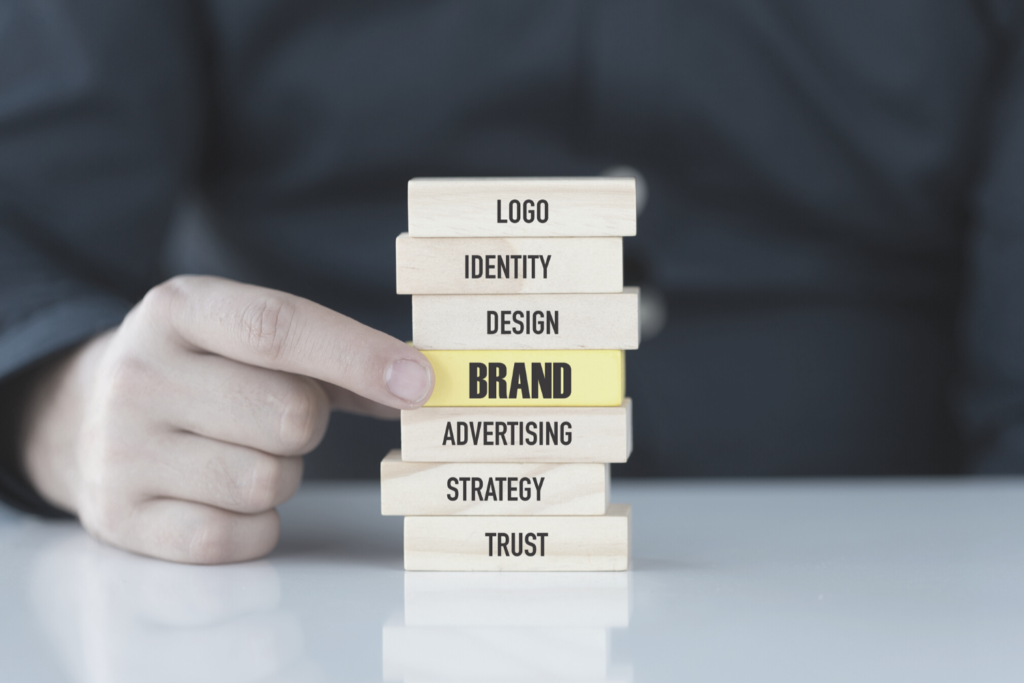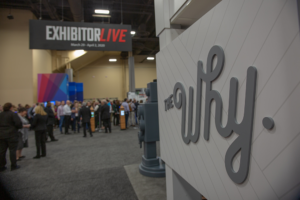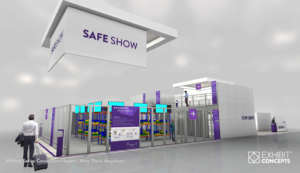Products are offered to a market for use or consumption and that satisfy some kind of need or want. A product can be a tangible item such as shampoo, running shoes, or a laptop; or a service such as an insurance company, advertising agency, or media outlet. According to the American Marketing Association (AMA), a brand is a “name, term, sign, symbol, or design, or a combination of them, intended to identify the goods and services of one seller or group of sellers and to differentiate them from those of competition.” Therefore, products become brands when marketers apply brand elements such as name, logo, packaging, slogans, and other ways to distinguish and differentiate it from others.
And while that is the technical definition, most marketers would agree that a brand is more than the sum of its distinguishing brand elements. A brand is a distinctive offering that has established a certain amount of brand awareness and recognition, appeals to a clearly defined target audience, and is managed so as to increase brand equity. Managing a brand to increase brand equity is about market research to monitor brand performance relative to competitors and designing integrated marketing programs to increase share, solidify brand positioning, or any host of other strategic objectives.
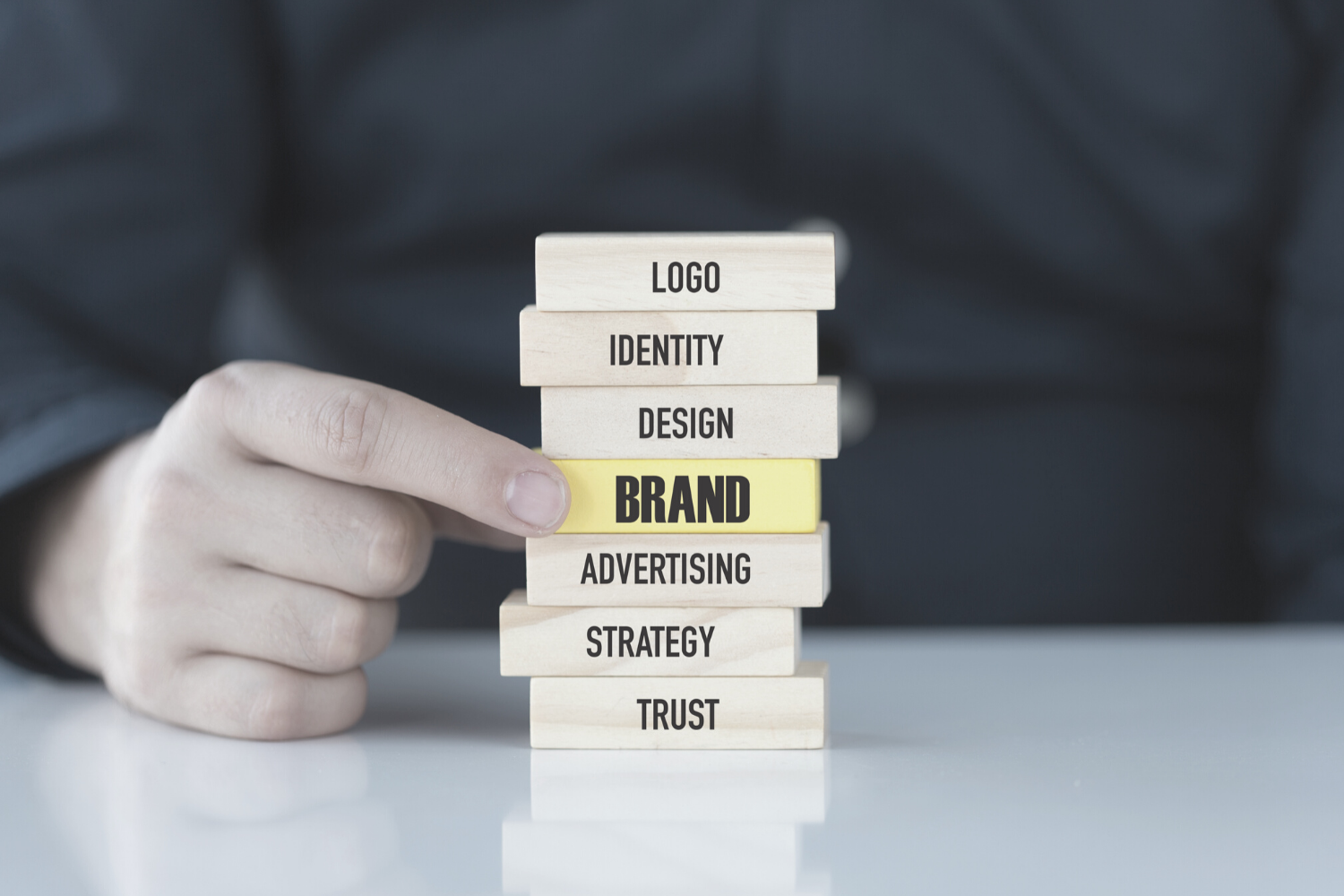
Every element in the marketers toolbox should be selected to reinforce and improve brand positioning. The corporate website and digital advertising campaigns are elements that get a lot of attention and testing to ensure that they are on-brand and received by potential consumers. Often overlooked components of a successful integrated plan include any physical space: lobby, showroom, briefing center, and mobile vehicle tour; and in person events: trade shows, user conferences, and activation events.
Brand building online should be complemented with brand building in the physical world.
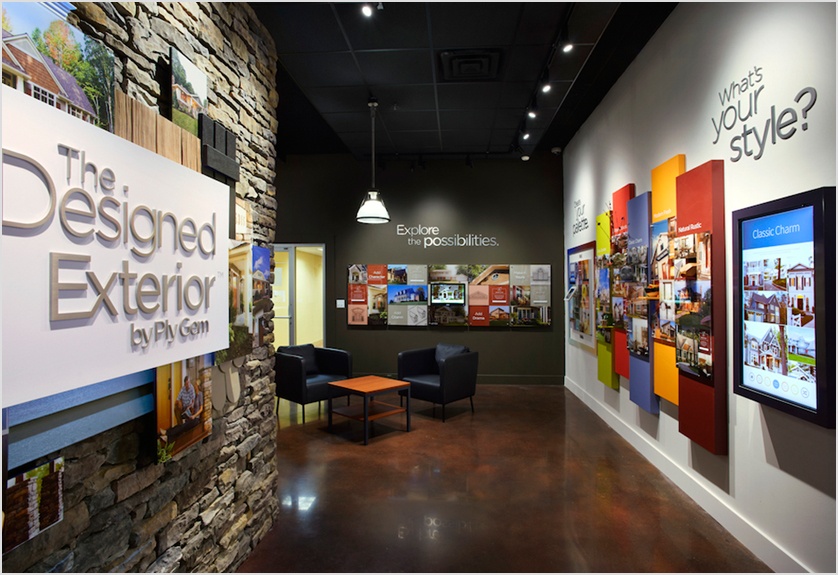
Permanent physical spaces that represent the company and the brand are akin to “owned media” (websites and social media accounts). The company controls the look and feel of the space. If the brand is sophisticated, these spaces should reflect that brand image with sleek finishes, high-end materials, and cutting-edge technology. Visitors should experience sophistication, polish, luxury and confidence when they visit these spaces. If the brand is hard working and rugged, the showroom should convey that same durability. A quirky, techy brand should have a briefing center that shares those qualities as well.
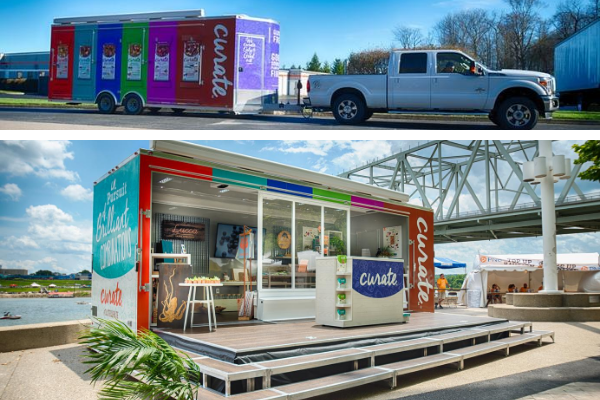
Now consider temporary spaces: trade show booths, activation events, and mobile vehicle tours. These are more like “paid media” (adwords, banners, sponsored content). And not only do you want to achieve a solid return on your investment, you also want the experience to be consistent with your brand and brand guidelines. Not just brand identity elements such as logo, fonts and color palette, but also consistent with your brand purpose. If you decide to incorporate cause marketing into your event, make sure the cause “fits” your company such as an information services company supporting literacy efforts. Plan hospitality and engagement to complement your brand. How many times have you seen a juggler or magician in a booth and wondered “what does that have to do with brand X?”

With your website and showroom, customers and prospects are seeking you out. A great deal of strategic planning and testing go into these to most effectively represent your brand. Often with temporary spaces, you are taking your brand to where your customers are and attention to brand details should be just as carefully considered. To effectively build brand equity, every time a customer or prospect interacts with your brand should be seen as an opportunity to reinforce your brand’s positioning and purpose.


